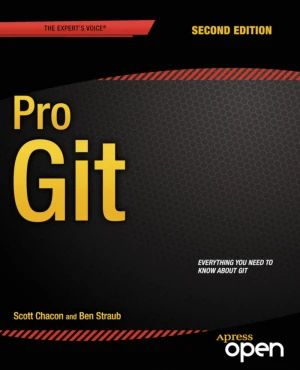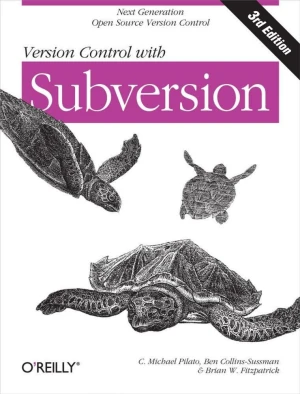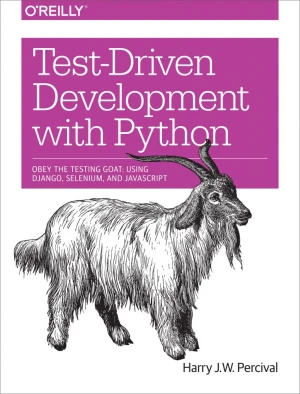Git Internals
Source code control and beyond


Book Details
| Author | Scott Chacon |
| Published | 2008 |
| Edition | 1st |
| Paperback | 121 pages |
| Language | English |
| License | Creative Commons Attribution-ShareAlike |
Book Description
It took me a pretty long time to really get Git. As I've continued to use Git more and more where I work, I've found myself trying to teach people what it is and why we use it over and over again, and the reality is that Git generally has a pretty steep learning curve compared to many other systems. I've seen case after case of developers who love Git after they finally understand it, but getting to that point is often somewhat painstaking.
This book is aimed at the developer who does not particularly like Subversion, Perforce or whatever SCM system they are currently using, has heard good things about Git, but doesn't know where to start or why it's so wonderful. It is meant to explain Git as simply as possible in a clean, concise, easily readable volume. My goal is to help you understand Git internals as well as usage at a fundamental level by the time you finish this book.
To accomplish this, I'm starting the book out (after the introduction) with a section about what Git actually does, rather than how to use it. I found that I didn't really understand Git and had many problems using it until I understood what it was actually doing at a low level, rather than thinking of it as a different, weird SVN-like system.
This book is available under a Creative Commons Attribution-ShareAlike license (CC BY-SA), which means that you are free to copy, distribute, and modify it, as long as you credit the original author and license any derivative works under the same terms.
If you enjoyed the book and would like to support the author, you can purchase a printed copy (hardcover or paperback) from official retailers.
Download and Read Links
Share this Book
[localhost]# find . -name "*Similar_Books*"
Pro Git, 2nd Edition
Pro Git, 2nd Edition is your fully-updated guide to Git and its usage in the modern world. Git has come a long way since it was first developed by Linus Torvalds for Linux kernel development. It has taken the open source world by storm since its inception in 2005, and this book teaches you how to use it like a pro. Effective and well-implemented ve
Version Control with Subversion, 3rd Edition
Written by members of the development team that maintains Subversion, this is the official guide and reference manual for the popular open source revision control technology. The new edition covers Subversion 1.7 with a complete introduction and guided tour of its capabilities, along with best practice recommendations. Version Control with Subversi
API Traffic Management 101
The aim of this short book is to introduce the general themes, challenges, and opportunities in the world of managing API traffic. Most of the examples and recommendations come from my own experience (or that of colleagues) while working with customers, ranging from small local startups to global enterprises. This book is for those just getting sta
Git Notes for Professionals
The Git Notes for Professionals book is compiled from Stack Overflow Documentation, the content is written by the beautiful people at Stack Overflow.
Beyond the Basic Stuff with Python
You've completed a basic Python programming tutorial or finished Al Sweigart's best selling Automate the Boring Stuff with Python. What's the next step toward becoming a capable, confident software developer? Welcome to Beyond the Basic Stuff with Python. More than a mere collection of advanced syntax and masterful tips for writing clean code, this
Test-Driven Development with Python
By taking you through the development of a real web application from beginning to end, this hands-on guide demonstrates the practical advantages of test-driven development (TDD) with Python. You'll learn how to write and run tests before building each part of your app, and then develop the minimum amount of code required to pass those tests. The re






